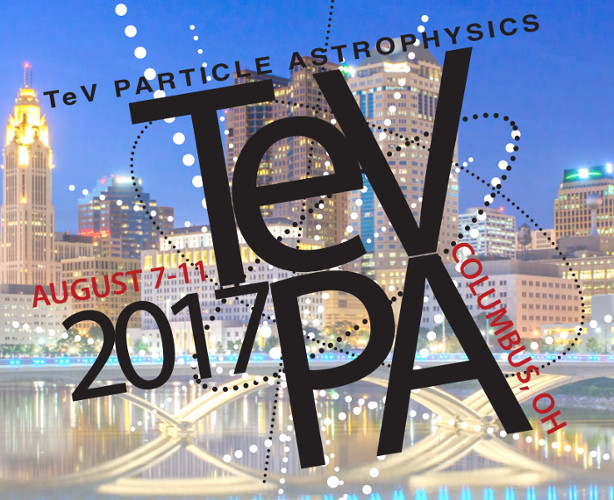Speaker
Description
We identify new astrophysical signatures of NS-imploding DM, which could decisively test these hypotheses in the next few years.
First, NS-imploding DM forms ≪10−10 solar mass black holes inside NSs, thereby converting NSs into ∼1.5 solar mass BHs. This decreases the number of NS mergers seen by LIGO/VIRGO (LV) and associated merger kilonovae seen by telescopes like DES, BlackGEM, and ZTF, instead producing a population of "black mergers" containing ∼1.5 solar mass black holes. Second, DM-induced NS implosions create a new kind of kilonovae that lacks a detectable, accompanying gravitational signal. Using DES data and the Milky Way's r-process abundance, we set bounds on these DM-initiated "quiet-kilonovae." Third, the spatial distribution of merger kilonovae, quiet kilonovae, and fast radio bursts in galaxies can be used to detect dark matter. NS-imploding DM destroys most NSs at the centers of mature disc galaxies, so that NS merger kilonovae would appear mostly in a donut at large radii. We find that as few as ten NS merger kilonova events, located to ∼1 kpc precision could validate or exclude DM-induced NS implosions at 2σ confidence, exploring DM-nucleon cross-sections over an order of magnitude below current limits. Similarly, NS-imploding dark matter as the source of fast radio bursts can be tested at 2σ confidence once 20 bursts are located in host galaxies by radio arrays like CHIME and HIRAX.
URL: https://arxiv.org/abs/1706.00001
I am also submitting an abstract to the track Particle Physics.
